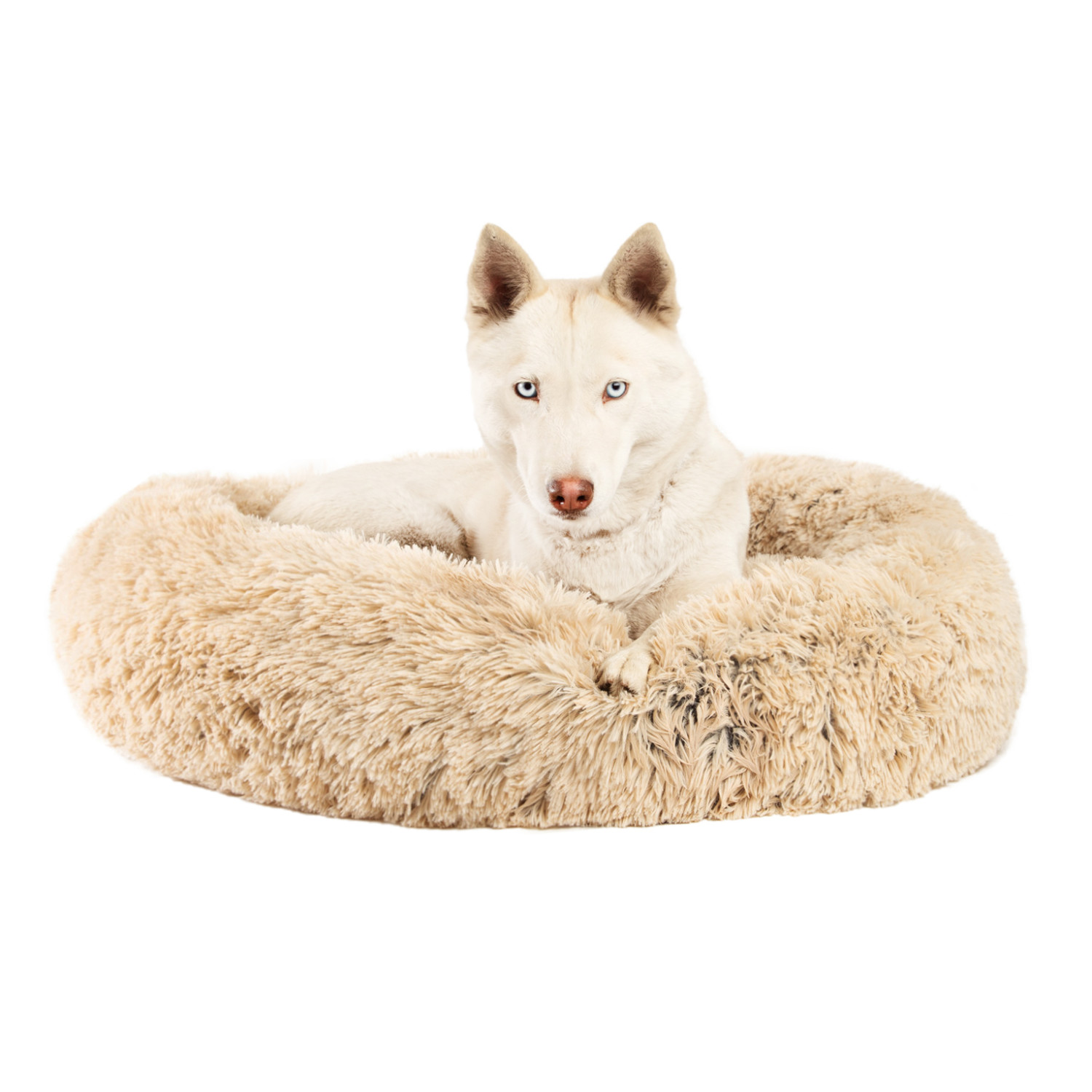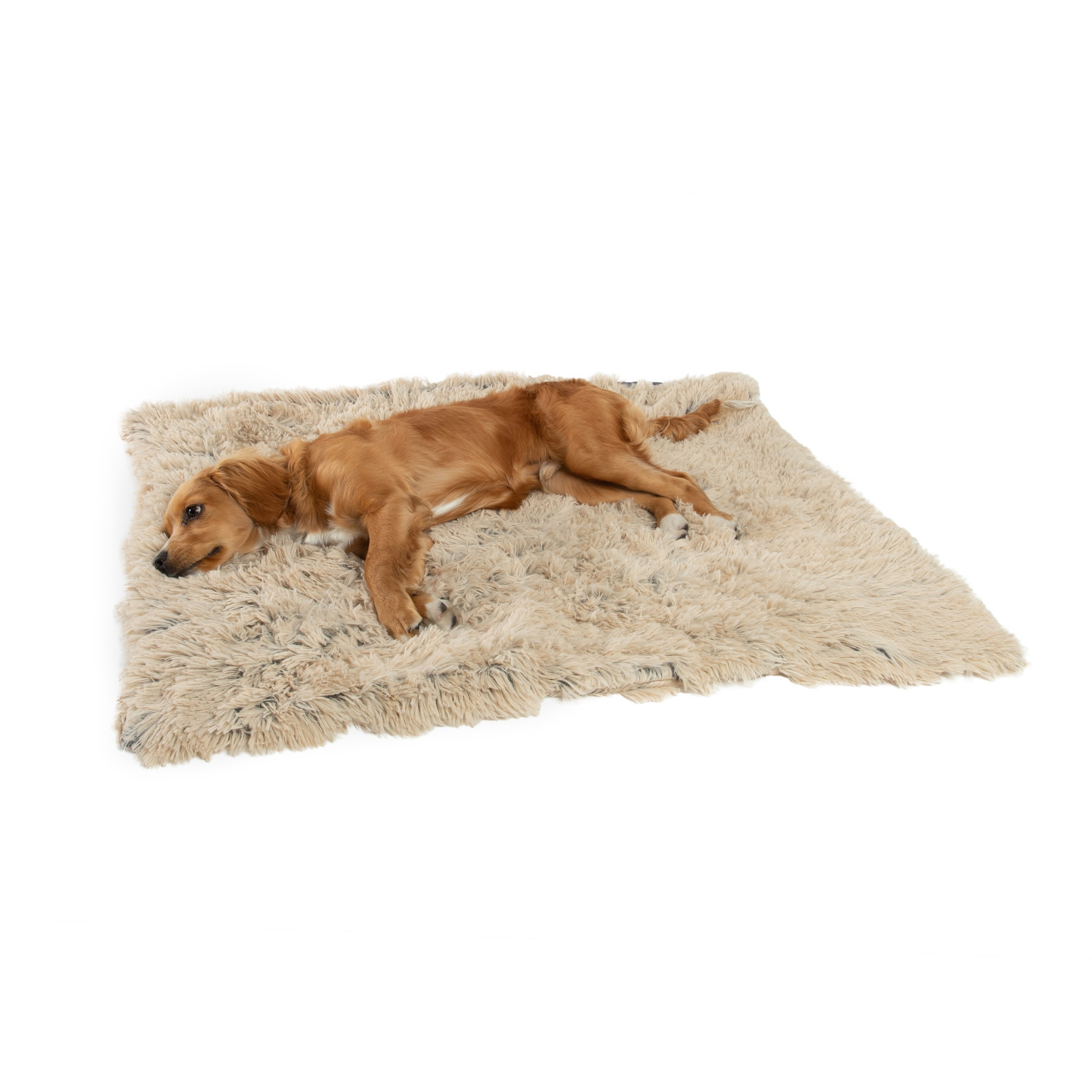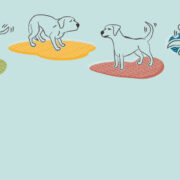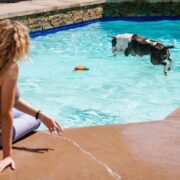Whether you’re bringing home a new puppy or an older dog, your new pet might need to be potty trained. However, you’re concerned about properly house training your dog when you live in an apartment.
Even if you have a place where your pet can relieve himself, like a shared courtyard, you might be living in a high rise, and your dog may have trouble holding in his pee and poop. By the time you make it outside, he’s already had an accident in the hallway or elevator.
There are ways that dog owners can go about potty training, even in an apartment. Start by learning helpful tips and bringing in the experts if needed.
Rule #1: Get your dog on a schedule

Dogs thrive on routine. When you potty train a puppy, an adult dog, or a senior dog you’re bringing home for the first time, make sure you put him on a schedule. Your furry friend will do better with a routine at first; this is because he’s just getting used to his new environment.
As part of your potty training plan, let your new dog out at the same time every day so he knows when he can expect it. This potty schedule will keep him on track. Additionally, you need a walking, playing, and feeding schedule in place so your dog doesn’t feel anxious.
Once you think your dog is comfortable, you don’t have to be so strict with his potty break routine. If you are very strict, and one day you can’t stick to it, this could create anxiety in your dog and lead to him having accidents inside your apartment.
Use crate training for your dog
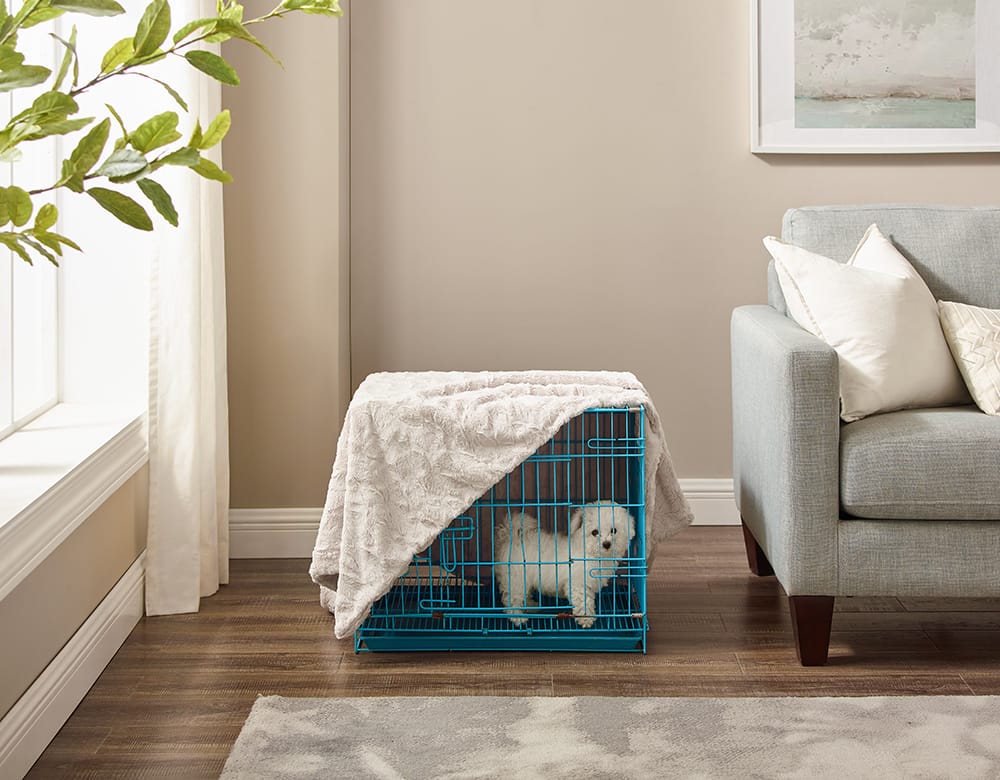
An important key to doing any kind of dog training is getting your dog used to a crate. Your new puppy or adopted adult dog will learn how to “hold it” because he won’t want to soil his living area. With a kennel, you’ll also be able to leave your dog at home alone and not have to worry about him going all over your house.
An added bonus is your dog may be on good behavior with a crate or playpen. By having a cozy and comfortable place of his own where he feels secure, he may be less anxious.
You can purchase a crate online on sites like Amazon or at your local pet store. For young puppies, it’s best to get a crate with a divider. You can leave the divider in while your puppy is still small, and then take it out as he grows. If the crate is too big, he’ll be more likely to have an accident.
Additionally, make sure you put a comfortable place to sleep in the crate. For instance, The Original Calming Donut Shag Cat & Dog Bed by Best Friends By Sheri offers better sleep, supports joints, and provides a calming, self-warming effect.
The bed is made from durable, vegan nylon and filled with CoziLOFT fibers, and you can machine wash the removable shell on the M-XL sizes or the entire small beds. This way if puppy potty training goes awry, you can wash the bed with ease.
Another option is to get your dog a throw blanket for his crate. The Shag Pet Throw Blanket is made with ultra-soft vegan fur that feels like a mommy dog’s fur coat and it will keep your dog warm in the colder months.
The Original Calming Donut Shag Cat & Dog Bed
$59.99 $30.00
Give your pet more than just a dog bed! Best Friend’s by Sheri is the original creator of the most popular dog bed that has surfaced the internet in recent years: The Calming Donut Dog Bed. This innovative cuddler shag design provides better sleep, supports joints, and offers a calming, self-warming effect. The donut cuddler is carefully crafted with durable, vegan nylon and filled with AirLoft fibers,…
Shag Pet Throw Blanket, 30×40
$19.99
This luxury shag blanket that’s perfect for your four legged pals. The ultra-soft vegan fur is designed to reminisce a mother’s fur coat aiding your pets in superior comfort and security. The light-weight allover shag provides just the right amount of warmth. An effortless way for your pets to cuddle up on the couch or on the go. This versatile blanket will also help protect your furniture car seats and…
Look at the pros and cons of pee pads
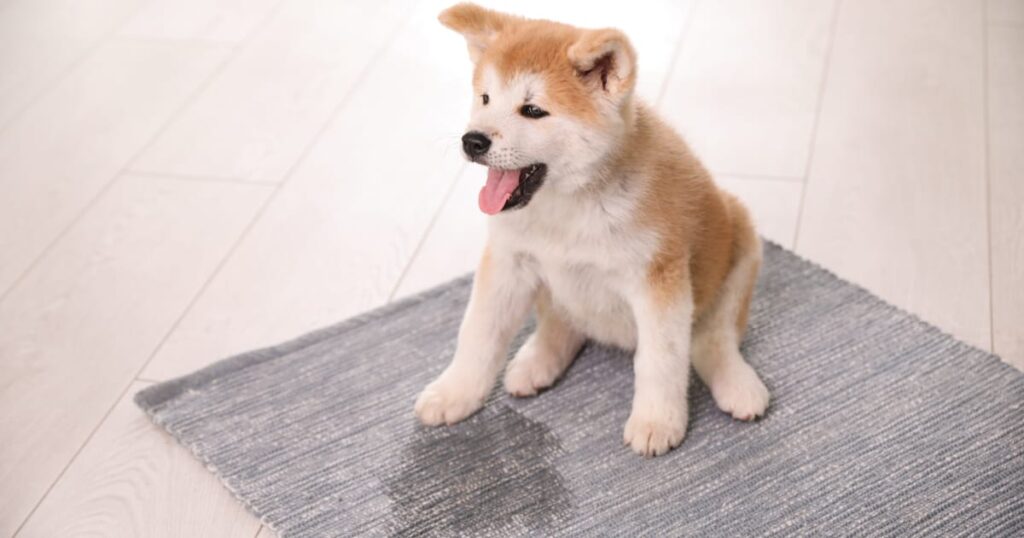
An absorbent potty pad might seem like a good solution to the potty training issue, especially if you’re in a high rise. You can put them anywhere, and your dog can use the puppy pad as their potty area whenever you think you won’t make it outside in time.
Training pads are easier to clean up since they soak up the pee, and you can teach your dog not to go to the bathroom in his living area. If a training pad doesn’t work, you could try a dog litter box as well.
However, not all dog trainers recommend pee pads, artificial grass patches, or a dog litter box for indoor potty training. Your dog may think that any square object, like a newspaper or a mat on the floor, is a training pad.
You are also giving your dog mixed messages about whether or not indoor and outdoor potty training. Should he go outside or inside? Your dog may chew or shred the potty pads.
Training tip: You should never leave the puppy pads in his crate because then he’ll start soiling his own space.
You may want to try puppy pads only as a temporary solution, and then start taking the pads outside and eliminating them altogether. Then, your dog won’t come to rely on them even in old age.
Clean up the pee
Make sure you use absorbent paper towels and a non-toxic and enzymatic cleaner to get rid of the smell if your dog has an accident. If you don’t rid of the smell, he may keep peeing in the same spot over and over again as his potty place.
If you’re looking to rent an apartment, it may be better to live somewhere with vinyl or laminate floors as opposed to carpeting. Your dog might end up ruining your carpet, and your landlord may not return your security deposit. Plus, it’s harder to get the pee smell out.
Go outside frequently
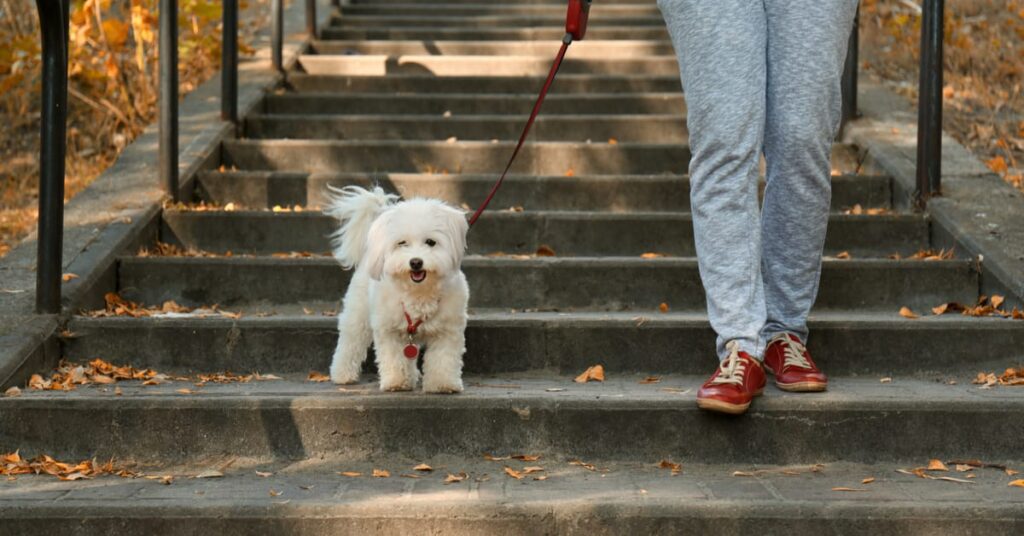
Part of the potty training process involves going outside at least every two hours to ensure your dog doesn’t pee inside the house. You should also take him outside right after he wakes up, after he plays, eats, and drinks, and before he goes to bed.
Leash your dog up and always take him to the same potty spot to pee, and give him dog treats and praise when he goes in the right area. Eventually, he will learn that that’s the right thing to do, and he won’t need the treats anymore. Remember: Positive reinforcement always works best.
It’s not a good idea to let your dog pee on your balcony. Your balcony could smell, and it might get onto your neighbors’ balconies as well. You don’t want to create a problem with them – or your landlord.
Potty training your pup
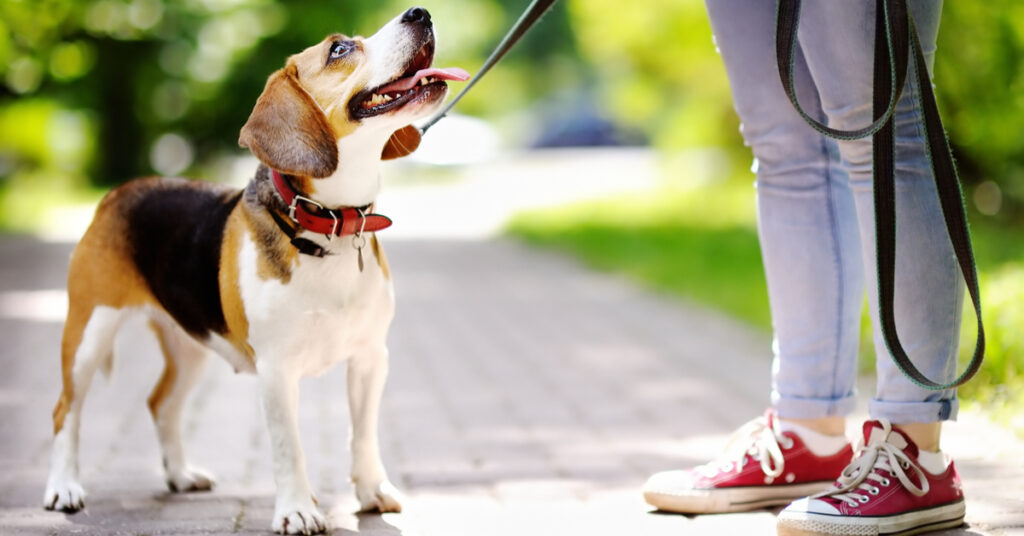
It should take around four to six weeks to potty train your dog. Since you live in an apartment, you may want to hire a dog trainer to housebreak your dog as soon as possible. If you believe your dog is having health issues, contact a vet immediately.
By putting in the time with how to potty train a dog in an apartment, you and your pup will be happy and comfortable at home in the long run.
